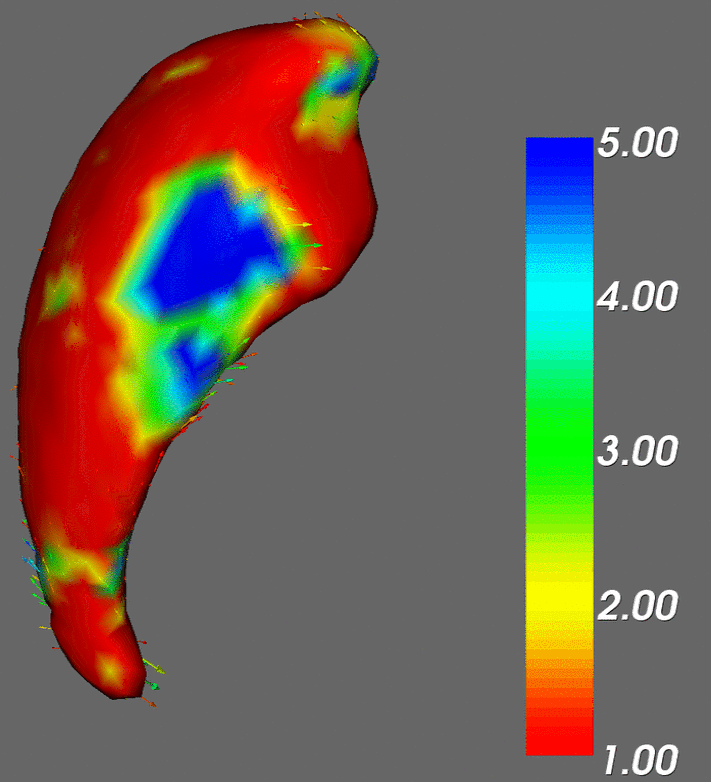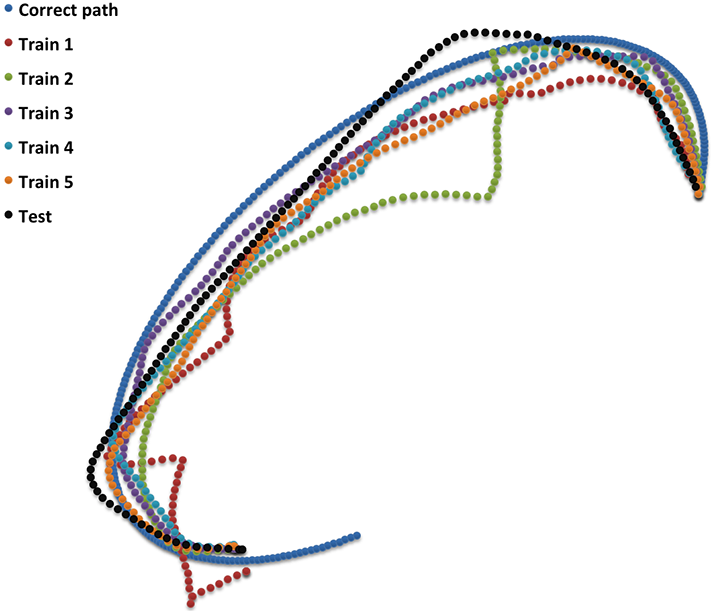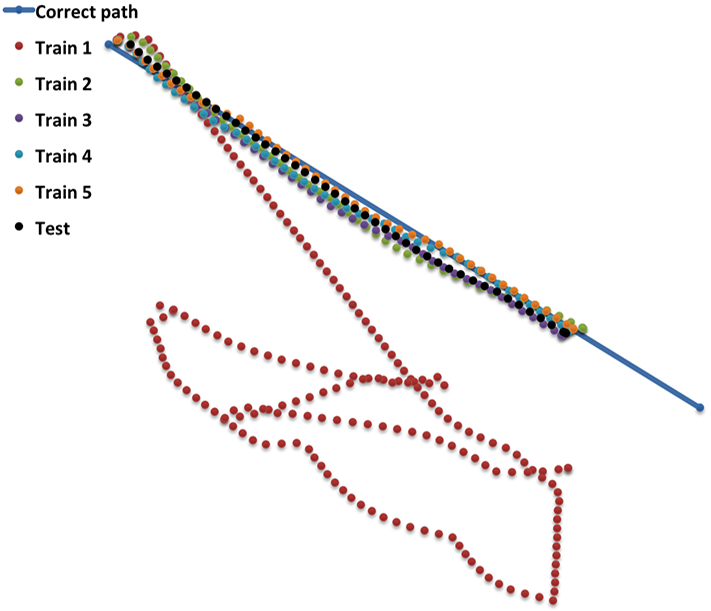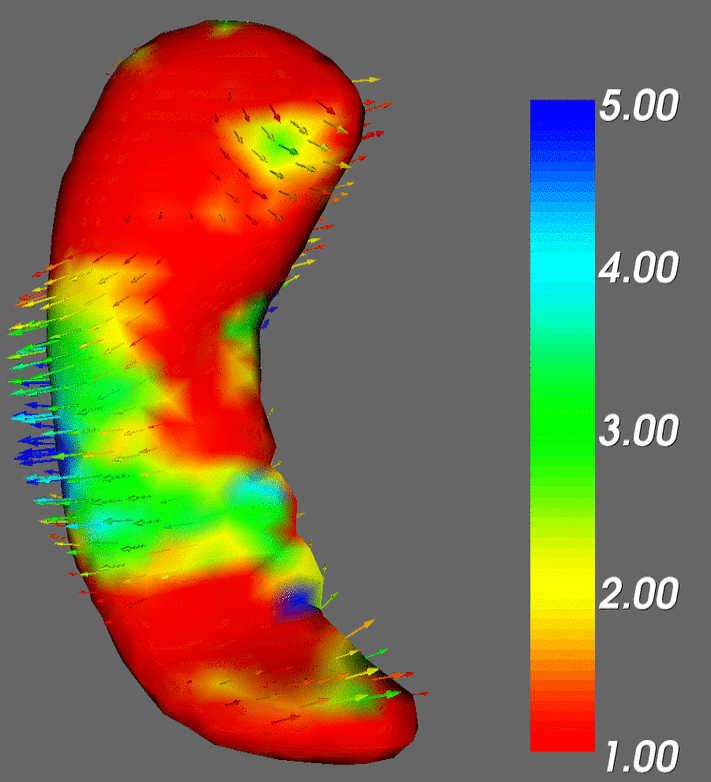Variations in caudate and hippocampus volume and shape during response and spatial learning
The ability to navigate one’s environment effectively and efficiently is an important skill for daily life. However, navigation skills vary widely between individuals. Some factors underlying this variability may be may related to differences in brain structure. In a widely reported study from April 2000, and followed up in 2011, taxi drivers with expert navigation skills were shown to have increased cerebral grey matter volume in the posterior hippocampus - an area of the brain involved in the initial acquisition of spatial information relevant for navigation (Woollett & Maguire, 2011; Maguire et al., 2000). Other brain regions, such as the caudate nucleus, are also thought to play distinct but complementary roles in navigation (Schinazi et al., 2013; Iaria et al., 2003). This project examines the link between the shape and volume of certain brain structures such as the hippocampus and caudate, measured with Magnetic Resonance Imaging (MRI) and navigation ability measured in a virtual reality environment.




